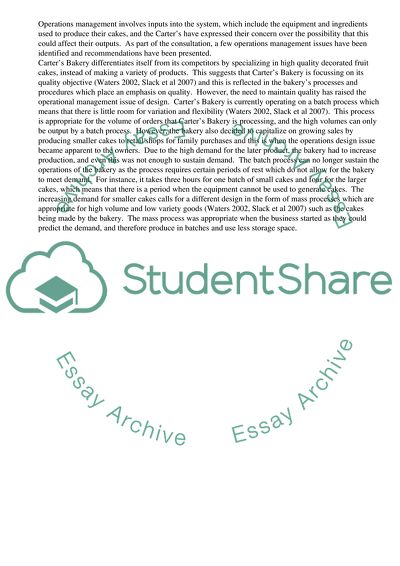Cite this document
(“Operations Management Case Study: Carter's Bakery Assignment”, n.d.)
Retrieved de https://studentshare.org/business/1520102-operations-management-case-study-carters-bakery
Retrieved de https://studentshare.org/business/1520102-operations-management-case-study-carters-bakery
(Operations Management Case Study: Carter'S Bakery Assignment)
https://studentshare.org/business/1520102-operations-management-case-study-carters-bakery.
https://studentshare.org/business/1520102-operations-management-case-study-carters-bakery.
“Operations Management Case Study: Carter'S Bakery Assignment”, n.d. https://studentshare.org/business/1520102-operations-management-case-study-carters-bakery.


